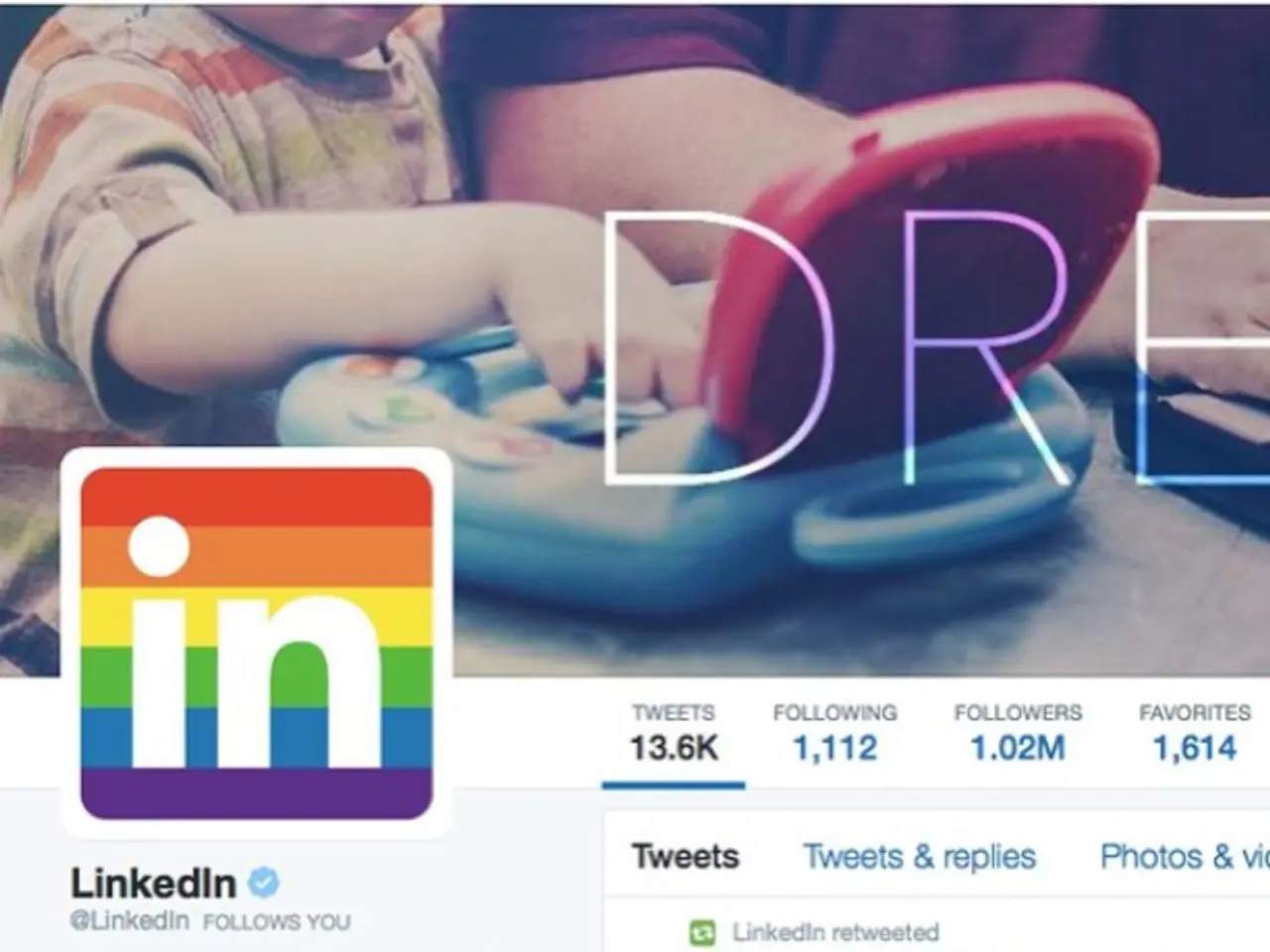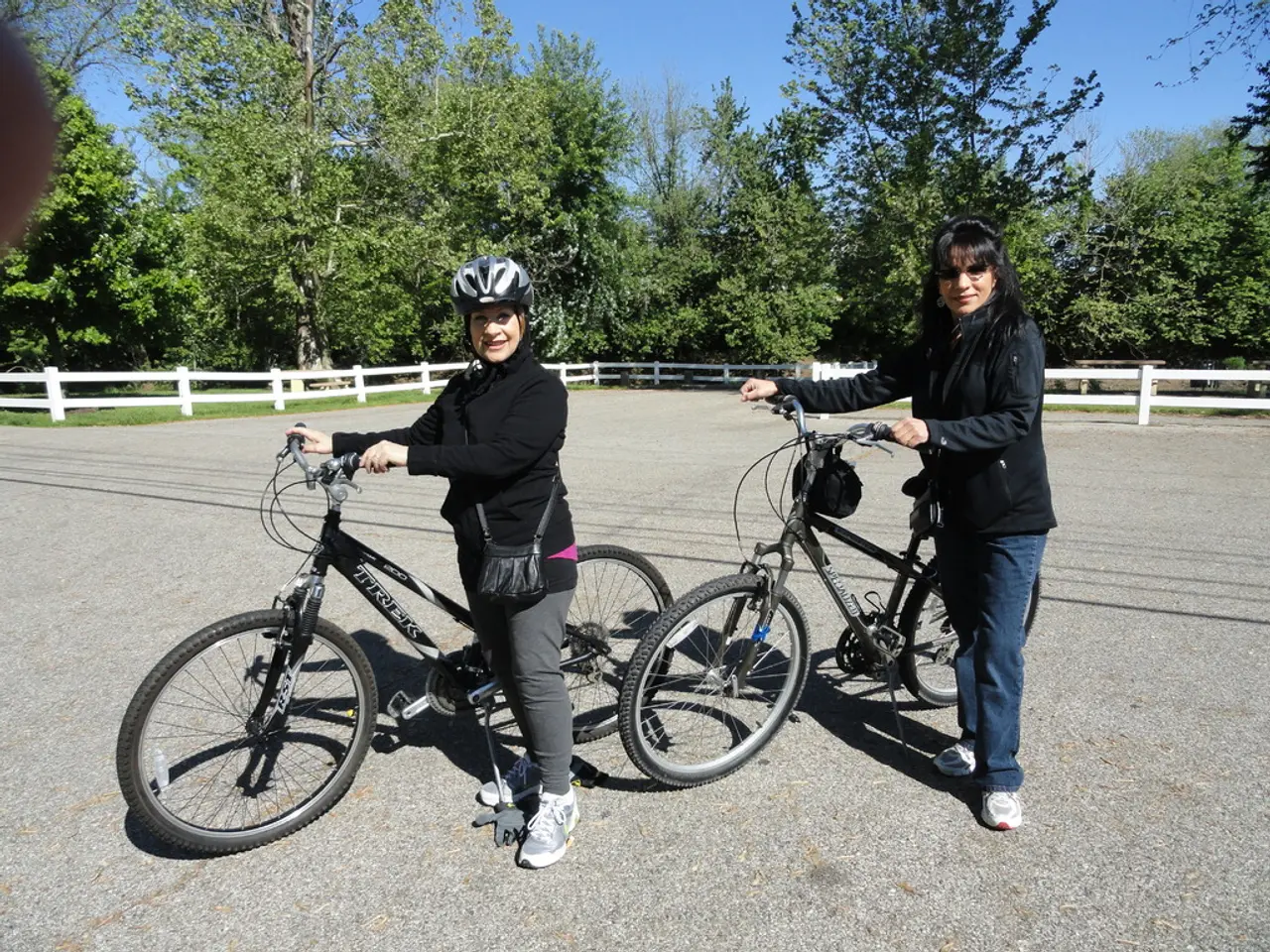Many rural students opt out of college even with increased recruitment initiatives by educational institutions
In the United States, a significant disparity exists in college enrollment rates across different geographical areas. According to recent data, about 55% of rural high school graduates enroll in college, compared to 59% of urban graduates and 64% of suburban graduates [1][3].
This trend is particularly concerning as rural students often graduate from high school at higher rates than their peers in cities and suburbs [1][3]. One reason for this discrepancy is the limited access to advanced academic opportunities in rural areas. Rural schools are less likely to offer Advanced Placement (AP) courses, and students there have lower participation and success rates on AP exams than their non-rural peers [5].
Another factor contributing to these disparities is the lower exposure to and encouragement for pursuing higher education within rural families and communities. Many rural students come from families with fewer college-educated adults [1][3].
Economic and cultural factors also play a role. Rural students and their families sometimes prioritize immediate employment and staying local over college degrees. There is also growing political and cultural skepticism in rural areas about the value or necessity of college [1][3].
Institutional and policy factors also contribute to the enrollment gap. Although many rural school districts have expanded college-level coursework, dual enrollment programs, and financial aid support, these interventions have had limited success at closing the enrollment gap [1][3].
In Putnam County, Florida, Principal Joe Theobold sets and meets an annual goal of 100% college admission for students at Q.I. Roberts Jr.-Sr. High School. Many students in the district visit college campuses through Camp Osprey, a University of North Florida program. However, about 14% of adults in the county have a bachelor's degree [6].
High school junior Devon Wells in upstate New York is considering a career that doesn't require college, such as welding or being an electrical line worker in South Carolina. Devon grew up on a farm and doesn't see his future there. Neither Devon nor Townes' parents have pushed one way or the other regarding college [2].
In Wyoming County, people say there are more cows than people, and the dairy farms, potato fields, and maple sugar houses provide a source of identity and jobs for the county just east of Buffalo. Briar Townes, a graduate from a rural high school in Wyoming County, is currently overseeing an art camp at the county's Arts Council and has other job options at Creative Food Ingredients, a local factory, and American Classic Outfitters [4].
To address these issues, rural school districts, including Perry, have begun offering college-level courses and working to remove academic and financial obstacles to higher education. Rural access to dual enrollment is a growing area of focus as advocates seek to close gaps in access to higher education [7].
The district in Putnam County directs federal pandemic relief money toward covering tuition for students in its Accelerated College Enrollment program, a partnership with Genesee Community College, and continues to pay for it when the federal money runs out [6].
Andrew Koricich, executive director of the Alliance for Research on Regional Colleges, emphasizes the higher earning potential of individuals with a bachelor's degree compared to those with a high school diploma [8]. Despite these advantages, rural students enroll in college at significantly lower rates than their urban and suburban peers.
References: 1. https://www.edweek.org/leadership/rural-schools-struggle-to-compete-for-college-bound-students/2021/04 2. https://www.nytimes.com/2022/09/19/us/rural-america-college-enrollment.html 3. https://www.brookings.edu/research/rural-america-is-getting-left-behind-in-the-college-enrollment-race/ 4. https://www.nytimes.com/2022/09/19/us/rural-america-college-enrollment.html 5. https://www.edweek.org/leadership/rural-schools-struggle-to-compete-for-college-bound-students/2021/04 6. https://www.nytimes.com/2022/06/01/us/florida-putnam-county-college-graduation.html 7. https://www.edweek.org/leadership/rural-schools-struggle-to-compete-for-college-bound-students/2021/04 8. https://www.nytimes.com/2022/09/19/us/rural-america-college-enrollment.html
- The government could incentivize rural schools to offer more advanced academic opportunities, such as Advanced Placement (AP) courses, to reduce the disparity in college enrollment rates between rural and urban areas.
- Despite the lower college enrollment rates in rural areas, jobs in sectors like education-and-self-development and general-news may have the potential to provide high-quality lifestyles for rural graduates.
- In an effort to encourage rural students to pursue higher education, the government and school districts could provide better financial aid support and remove obstacles for participating in dual enrollment programs to close the enrollment gap.




